Astronauts and satellites acquired these stunning images of a Russian volcanic eruption.
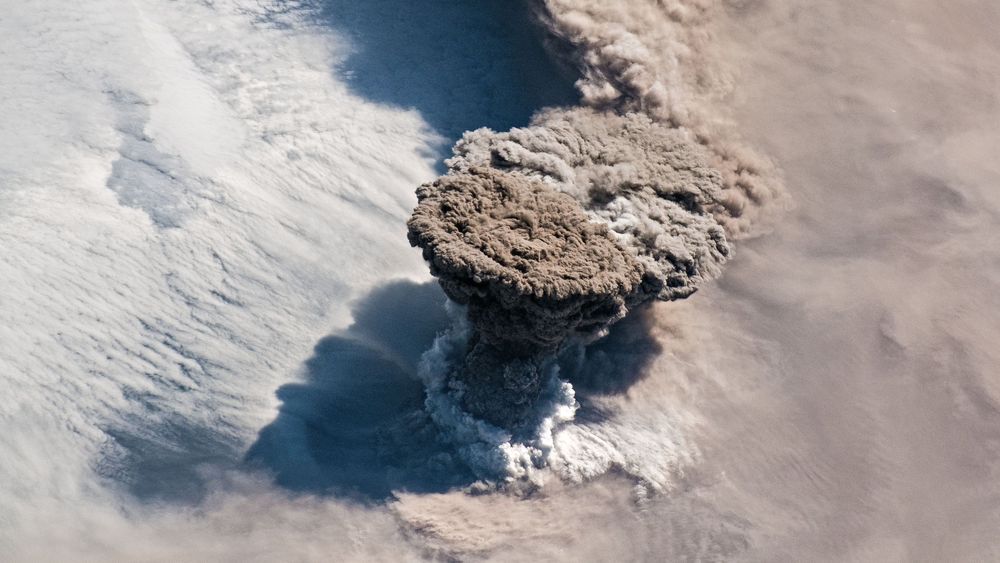

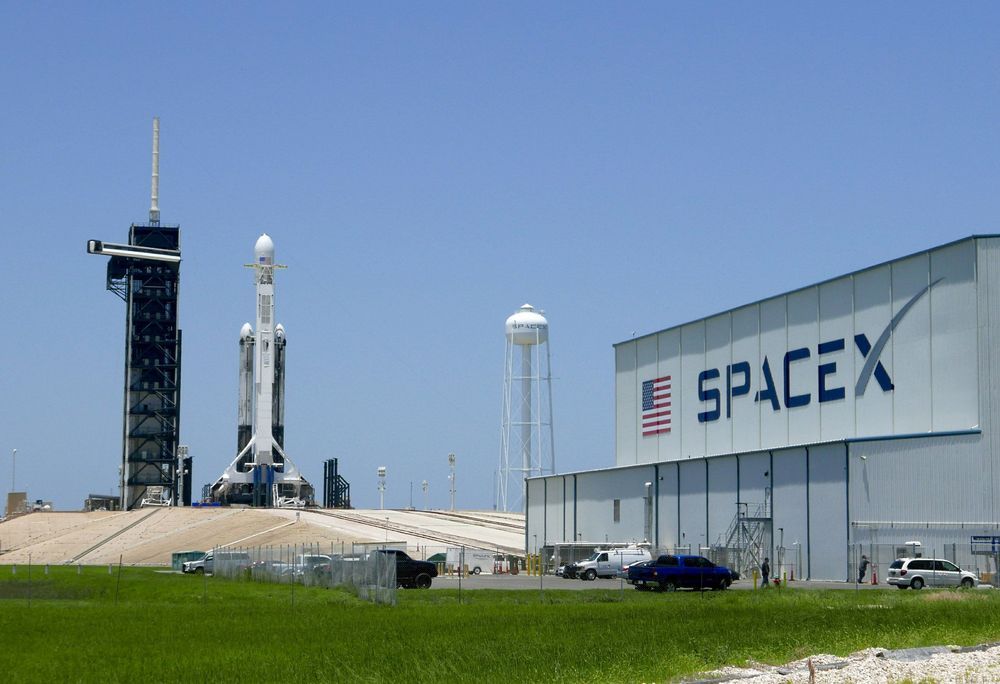
CAPE CANAVERAL, Fla. (AP) — SpaceX launched its heftiest rocket with 24 research satellites Tuesday, a middle-of-the-night rideshare featuring a deep space atomic clock, solar sail, a clean and green rocket fuel testbed, and even human ashes.
It was the third flight of a Falcon Heavy rocket, but the first ordered up by the military.
The Defense Department mission, dubbed STP-2 for Space Test Program, is expected to provide data to certify the Falcon Heavy — and reused boosters — for future national security launches. It marked the military’s first ride on a recycled rocket.
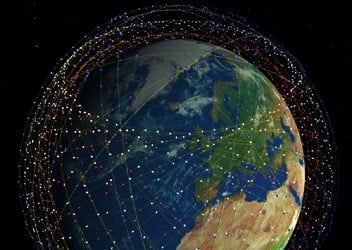
After a string of delays, SpaceX’s Starlink project was finally launched last month. The ambitious aim of the project is to create a “global broadband” system by launching a network of satellites which will eventually be able to give fast internet access from anywhere, even remote locations which currently can’t get broadband internet access.
The project is moving ahead at a considerable pace, with aims to have the first internet access provided by 2021. It may take until November 2027 to get all of the satellites required for the global network launched and into place, but a basic version of the service may be possible with around 1,000 satellites. Within the U.S., some version of the service could be available with just 400 satellites in place.
Naturally, a project of this magnitude requires a huge logistical undertaking and a lot of knowledge from a lot of different sectors. And you can see the takeoff of interest in the Starlink project within SpaceX by analyzing the company’s hiring practices.

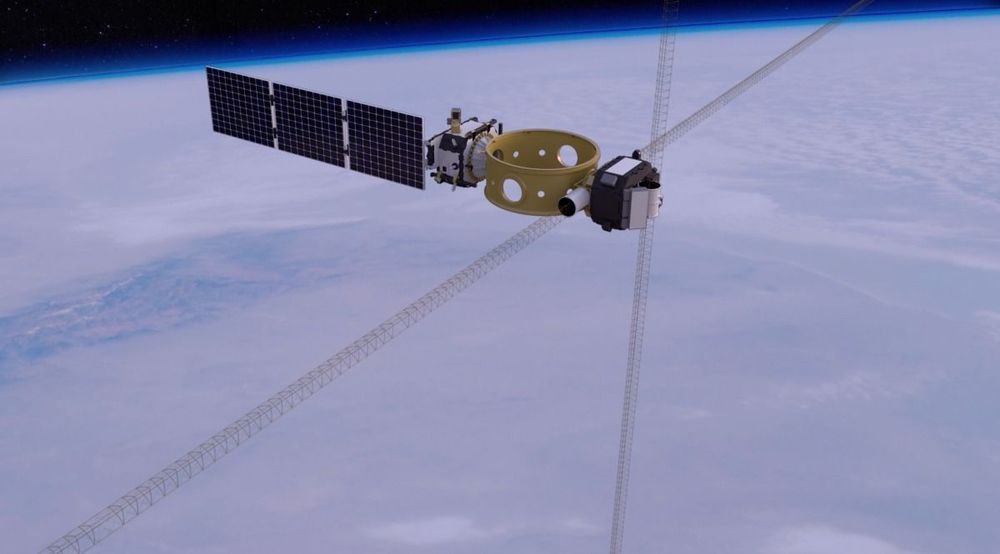
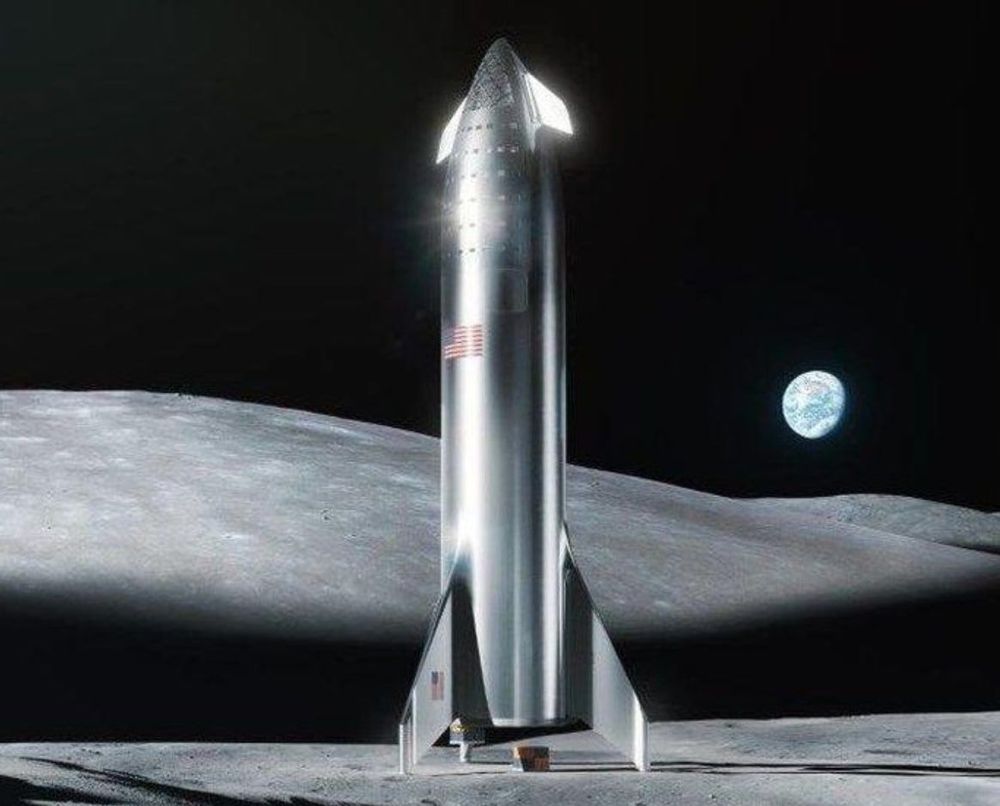
If SpaceX gets a fully reusable Super Heavy Starship flying to orbit in 2020 and then has 100 fully reusable flights by 2023 then the cost of space will drop by 100 times. This will start fulfilling the plans for lunar bases, lunar mining, and space-based solar power.
If each Super Heavy Starship costs $300 million and has $1 million in operating and maintenance cost per flight then the per flight cost is $4 million. Super Heavy Starship is supposed to launch about 100 tons to orbit.
Assuming that 800 Starlink satellites are launched by April 2020, then SpaceX will start doubling its revenue from $2–3 billion to $5–6 billion in 2020 and ten billion in 2021. This will mean that SpaceX will be able to afford to build dozens of Super Heavy Starships.
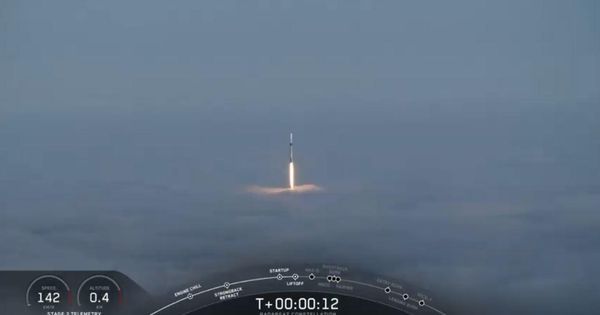
SpaceX has successfully launched a rocket carrying three Canadian satellites into orbit, the company’s seventh launch of the year.
At 7.17 A.M. Pacific time today, SpaceX’s Falcon 9 rocket lifted off from the Vandenberg Air Force Base in California. About eight minutes after launch, the first stage of the booster touched down at the company’s Landing Zone 4 near the launch site – only the second ever landing here.
This was also the second time this booster had launched, having gone to space previously on the historic first uncrewed demonstration mission of the Crew Dragon spacecraft in March this year. That mission launched from Cape Canaveral in Florida, whereas this was SpaceX’s 15th ever launch from Vandenberg of their 79 total launches.
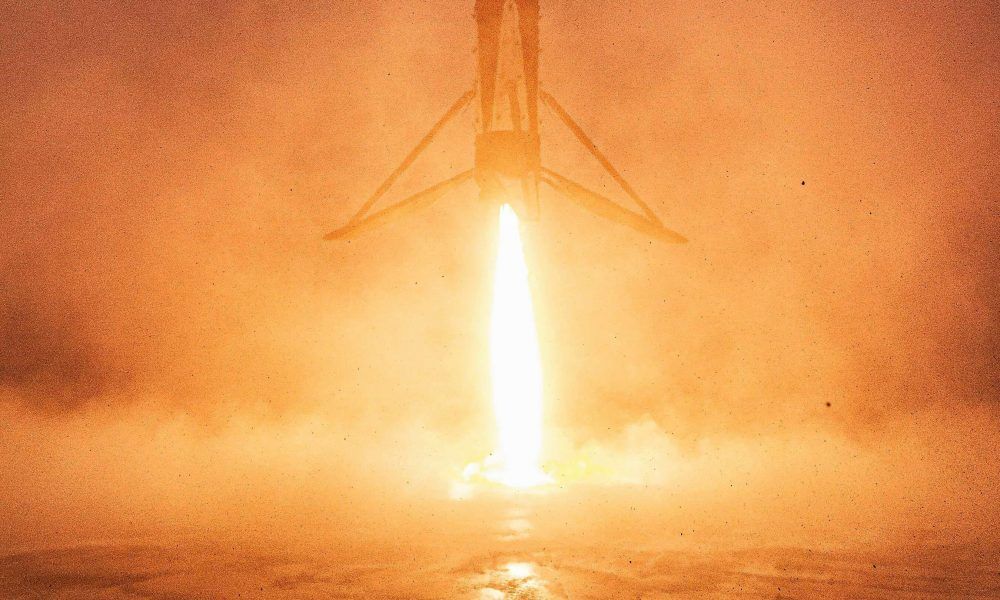
SpaceX has completed its last California Falcon 9 launch of 2019 and the company’s official pictures of the mission are unexpectedly spectacular considering the near-zero visibility incurred by coastal fog.
Lifting off on June 12th, Falcon 9 successfully delivered the Canadian Space Agency’s Radarsat Constellation Mission (RCM) – likely weighing ~5000 kg (11,000 lb) – to a 600 km (370 mi) sun-synchronous orbit (SSO). Made up of three separate Earth observation satellites, RCM has a combined value greater than $1 billion and has thus become the single most expensive payload – perhaps by as much as a factor of two – SpaceX has ever launched. Although disappointing, RCM made for a spectacular temporary finale to SpaceX’s West Coast launch activity, likely the company’s last Vandenberg Air Force Base (VAFB) mission for at least 6–9 months.
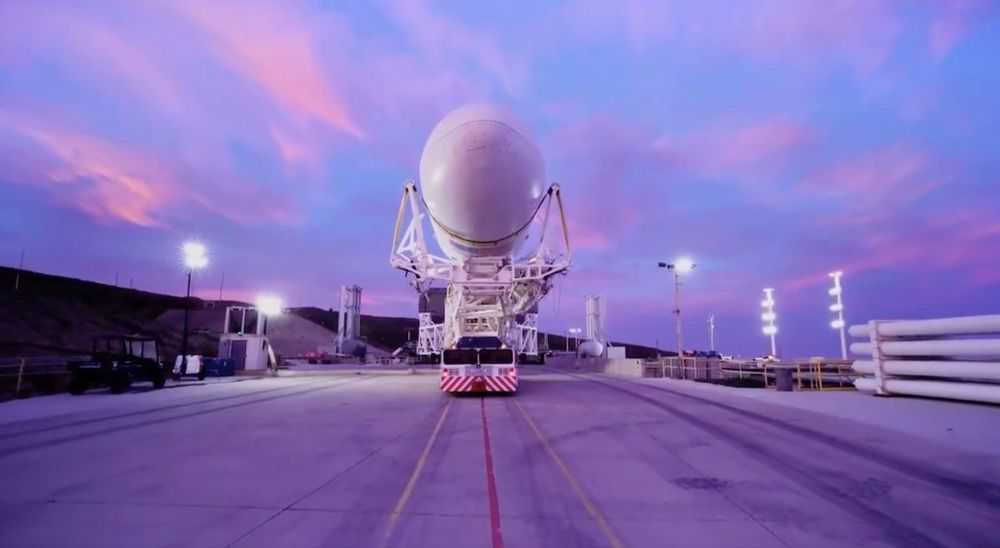
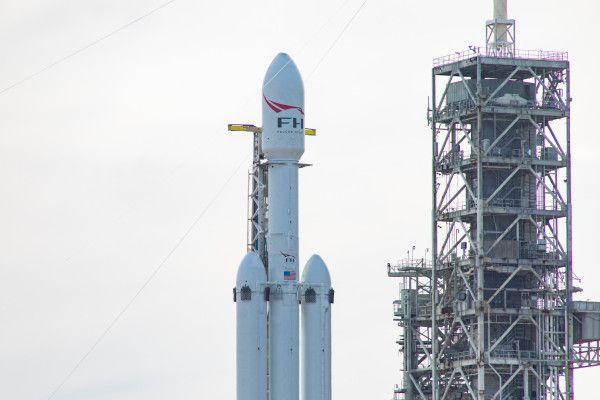
SpaceX’s next mission for its Falcon Heavy high-capacity rocket is set for June 24, when it’ll take off from NASA’s Kennedy Space Center in Florida with 20 satellites on board that comprise the Department of Defense’s Space Test Program-2. That’s not all it’ll carry however: There also will be cargo pertaining to four NASA missions aboard the private launch vehicle, including materials that will support the Deep Space Atomic Clock, the Green Propellant Infusion Mission and two payloads that will serve scientific missions.
NASA detailed all of these missions in a press conference today, going into more detail about what each will involve and why NASA is even pursuing this research to begin with.